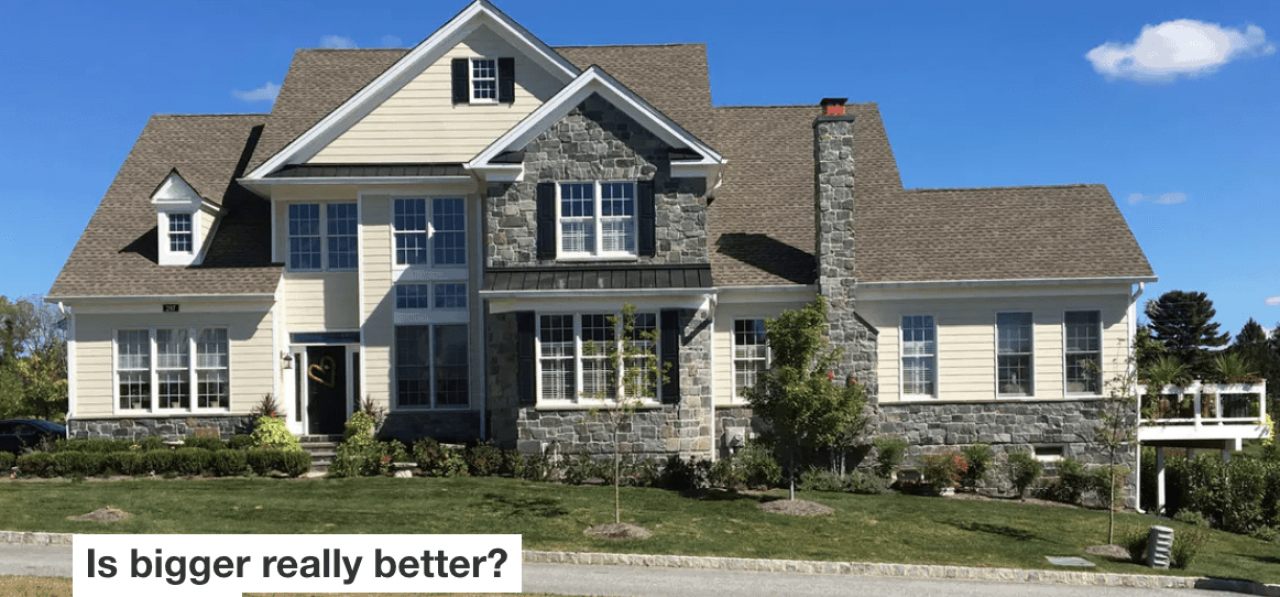July 17, 2018
Stuckeman School professor of architecture asks the question: “Is bigger really better?”

Alexandra Staub, associate professor of architecture at the Penn State Stuckeman School wrote an article for The Conversation in which she analyzed "the trend toward ‘more is better' in housing.” Staub examines "how we shape buildings and how they shape us,” and she points to marketing efforts for new housing that present abundant and glamorous housing as a just reward for moral fortitude and hard work. Instead of housing fulfilling a basic need - shelter - the housing industry's emphasis has turned to housing as a reflection of status and wealth.
Staub marks the shift towards larger housing in the United States: “The average single-family home built in the United States in the 1960s or before was less than 1,500 square feet in size. By 2016, the median size of a new, single-family home sold in the United States was 2,422 square feet, almost twice as large.”
Staub points to ethical dilemmas created through the concept of ‘more is better’. The country lacks enough affordable housing, while the number of luxury homes continues to increase. At the same time, homelessness is a continuous problem in many parts of the USA. Gated communities encourage social stratification. The larger houses have also spawned a low-wage industry needed to maintain them.
Staub marks the flaws in this system and asks questions such as, “how willing should we be to accept a system in which relatively opulent lifestyles are achievable to the middle class only through low-wage labor by others?”
To learn more you can listen to Staub's interview on Wisconson Public Radio and read the full article in The Conversation.
